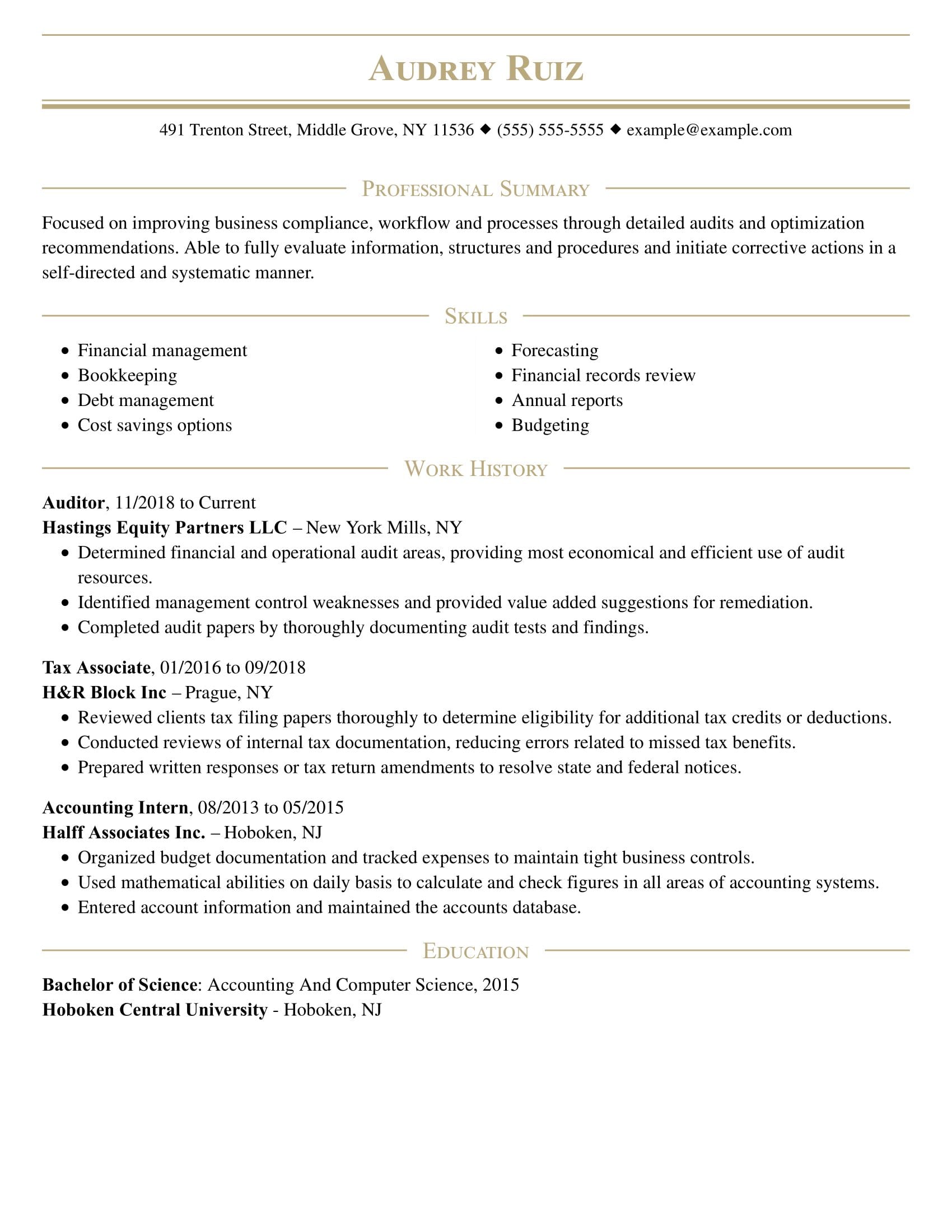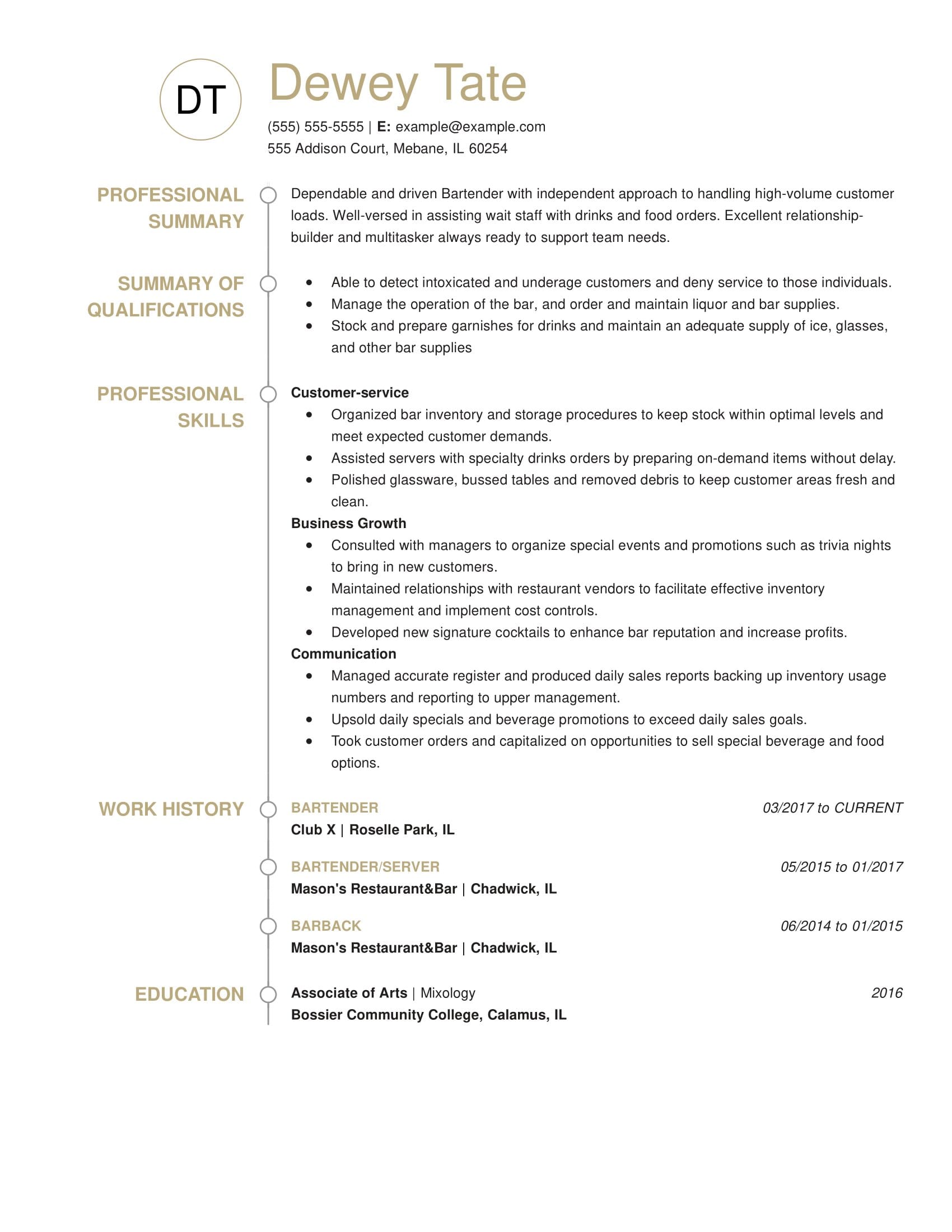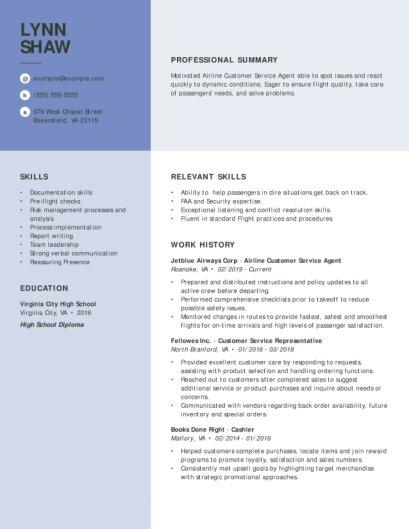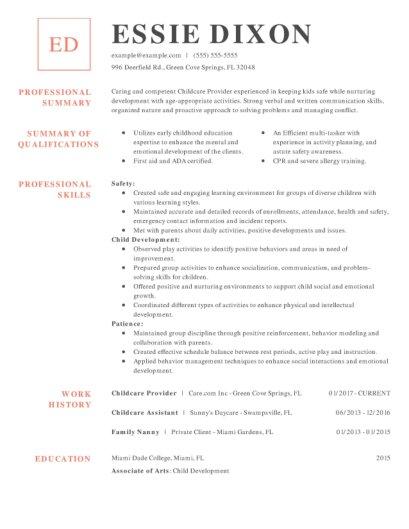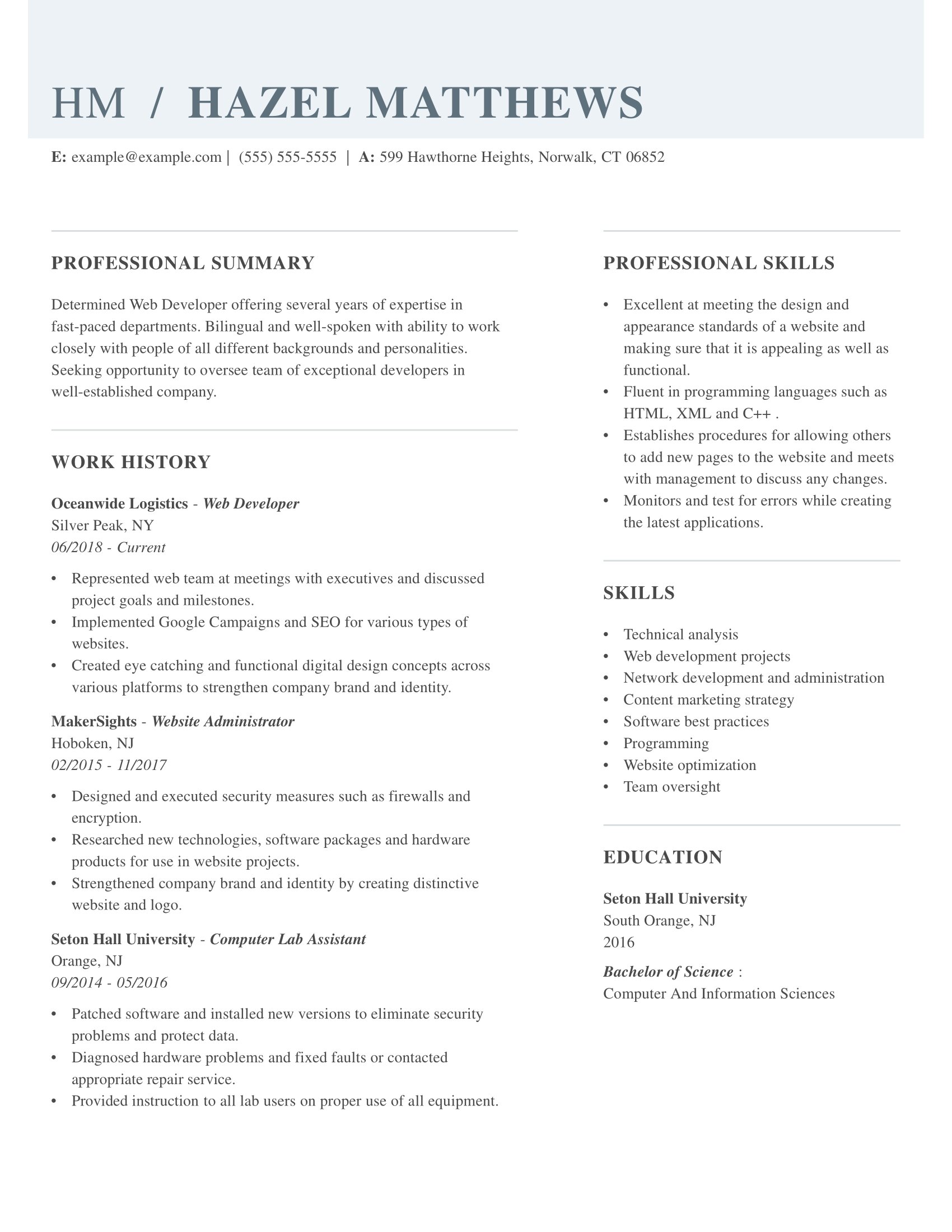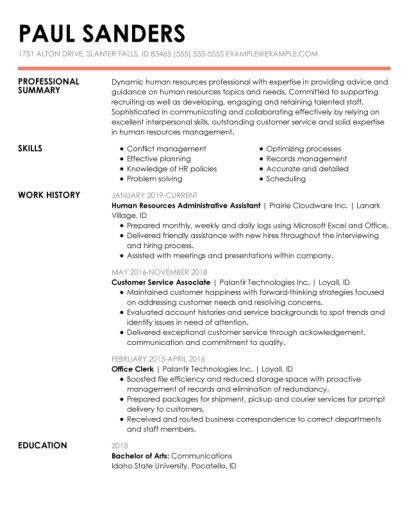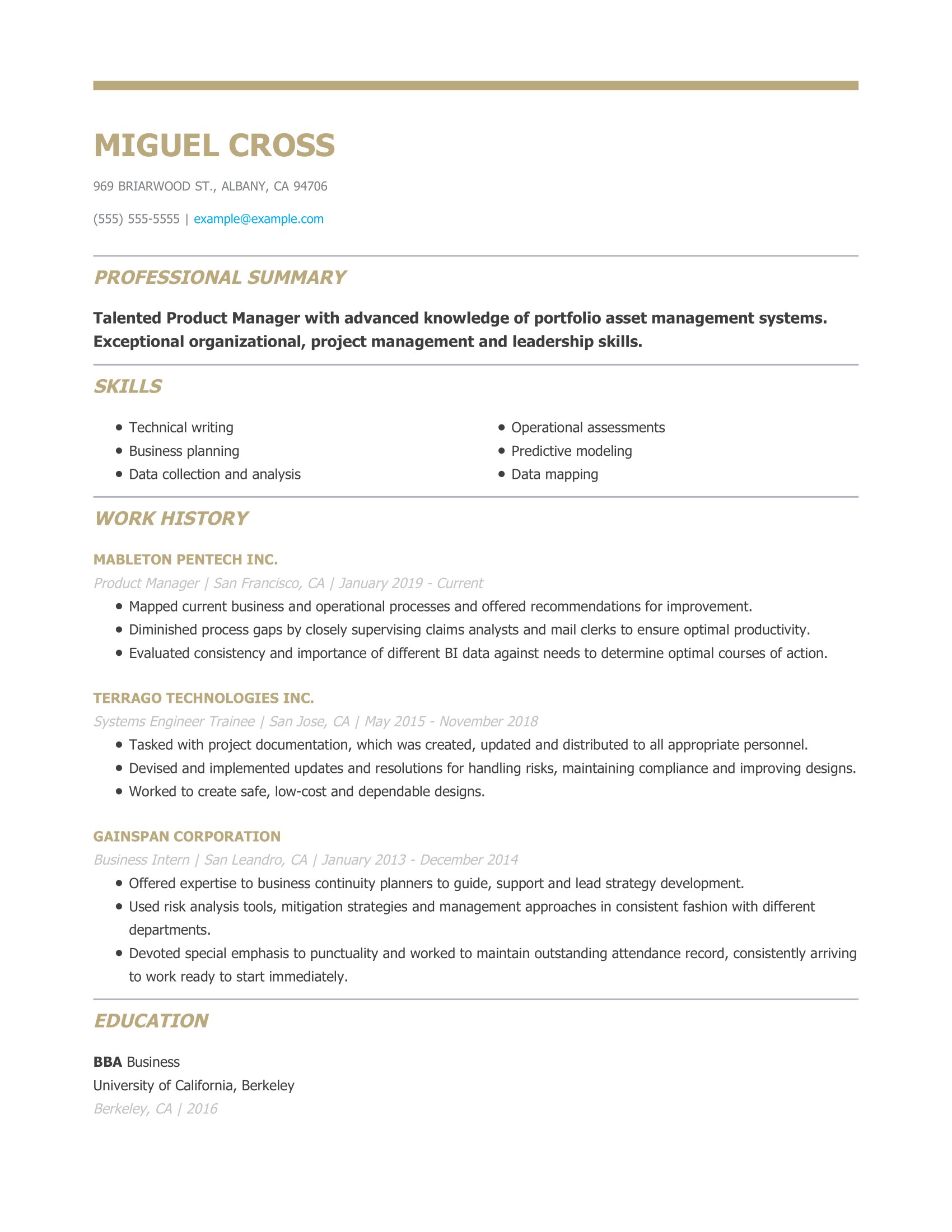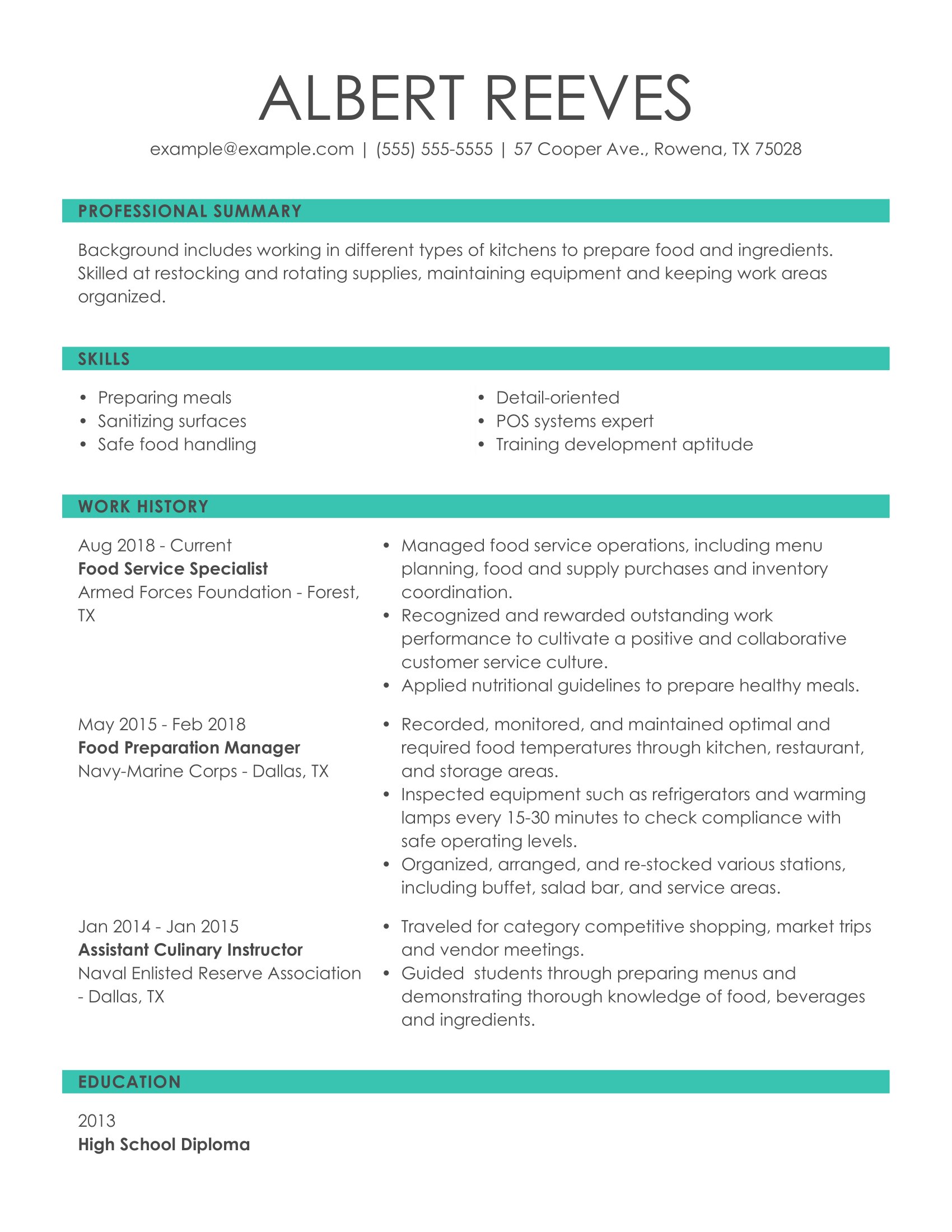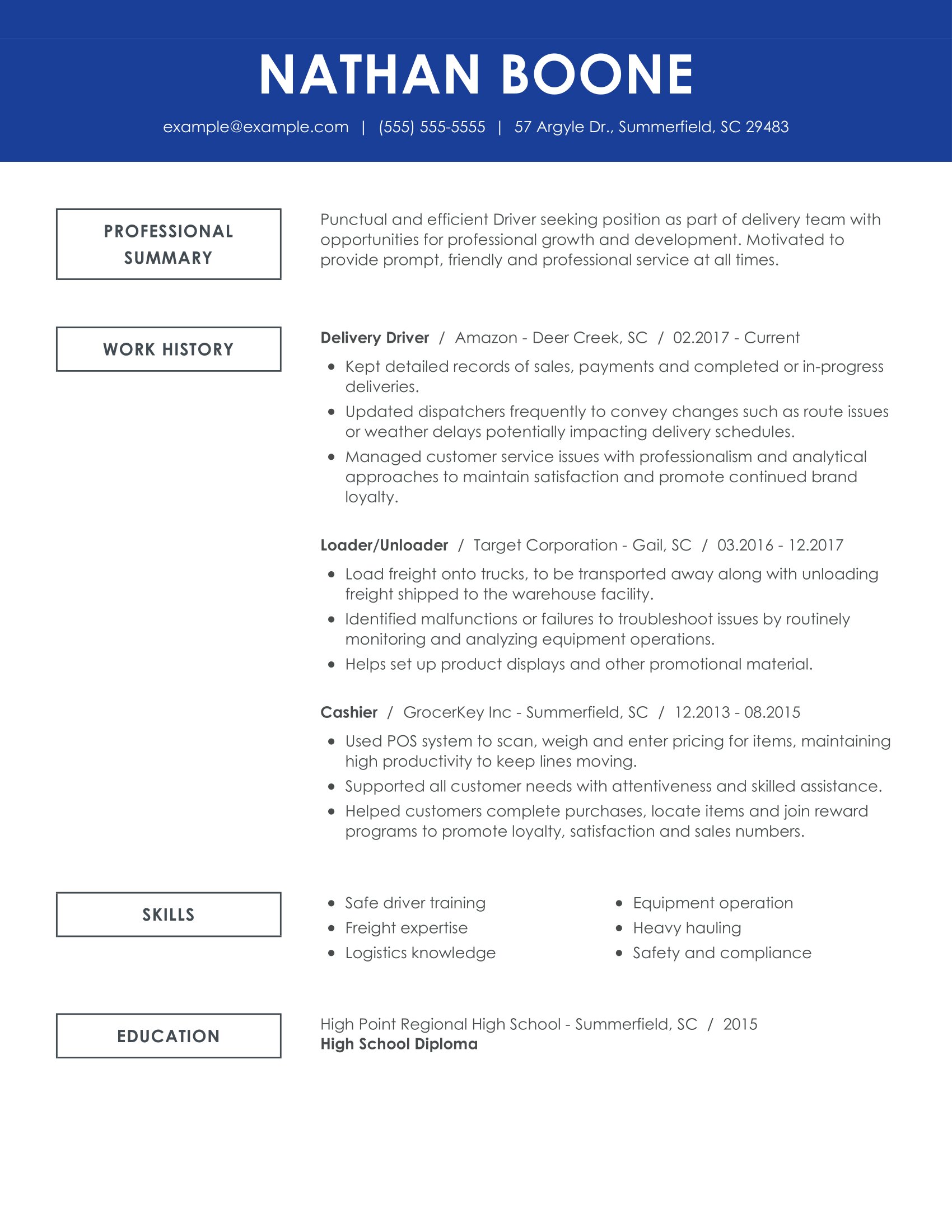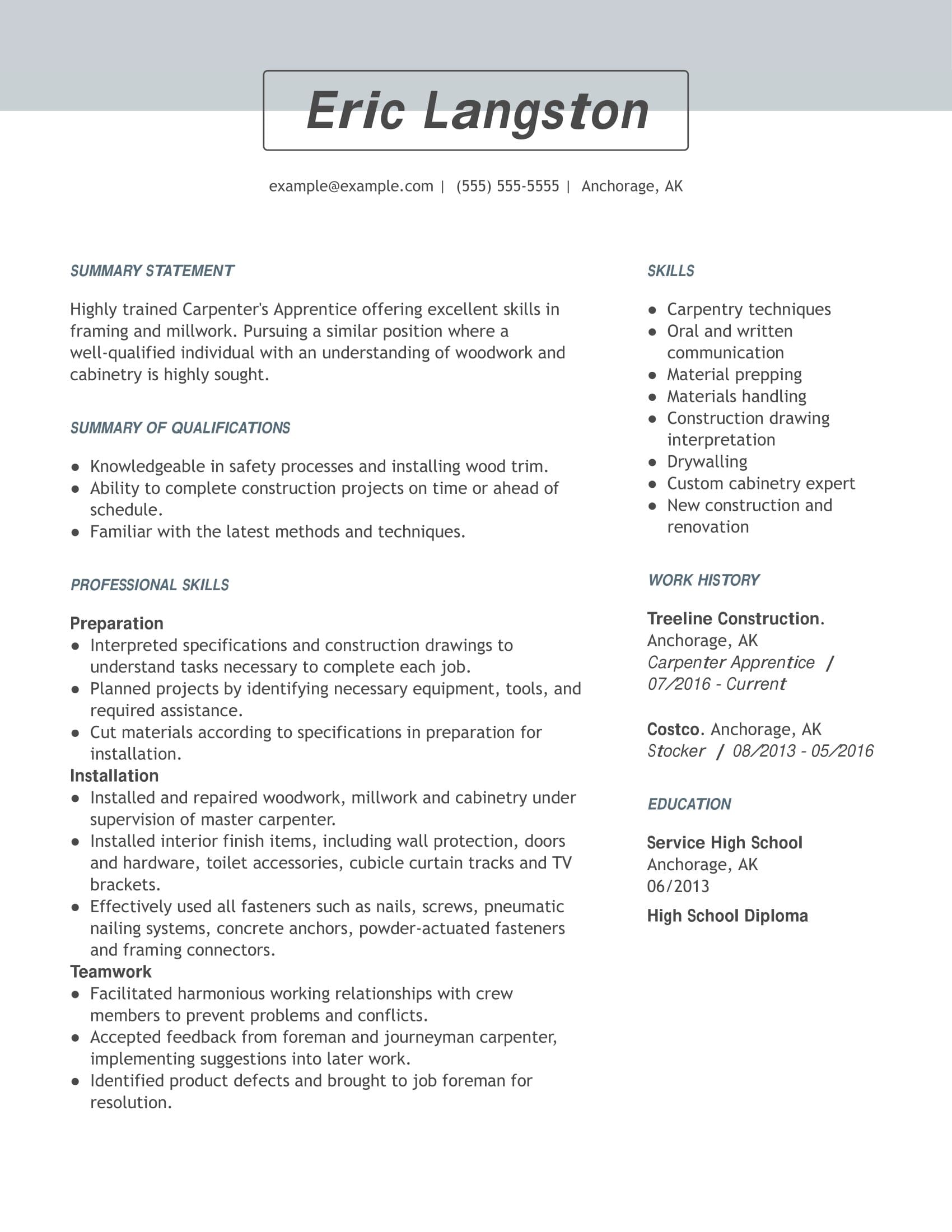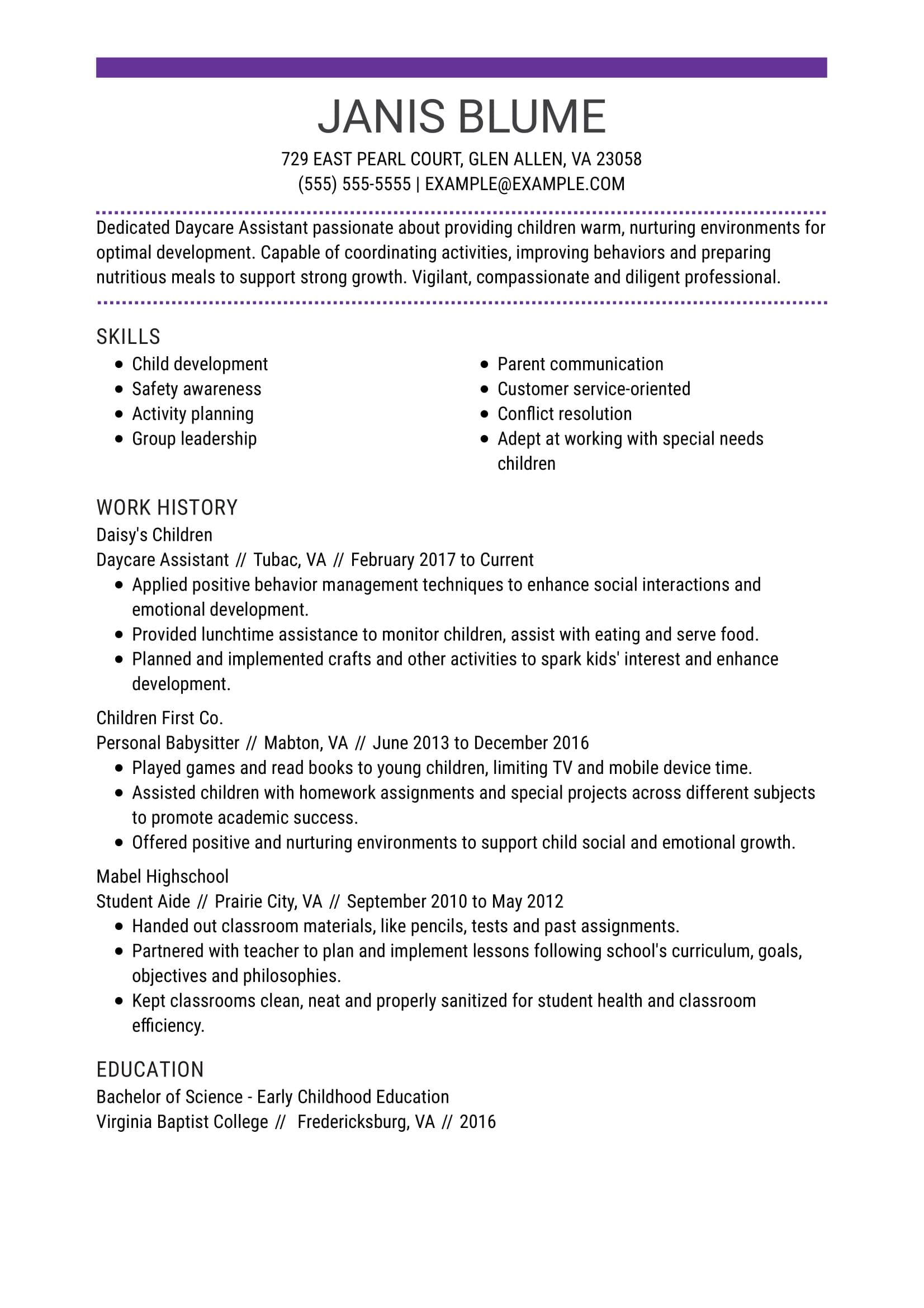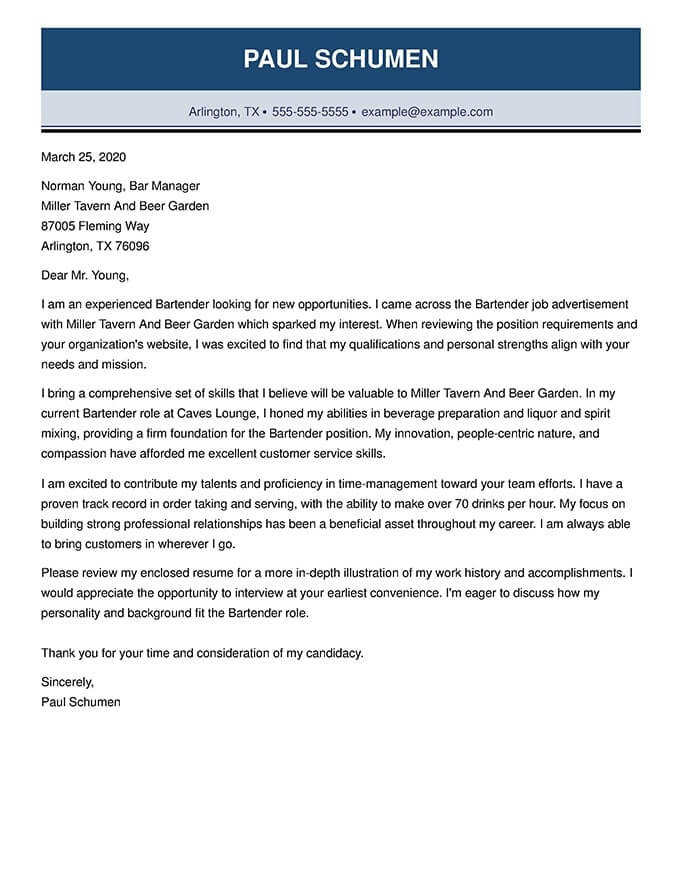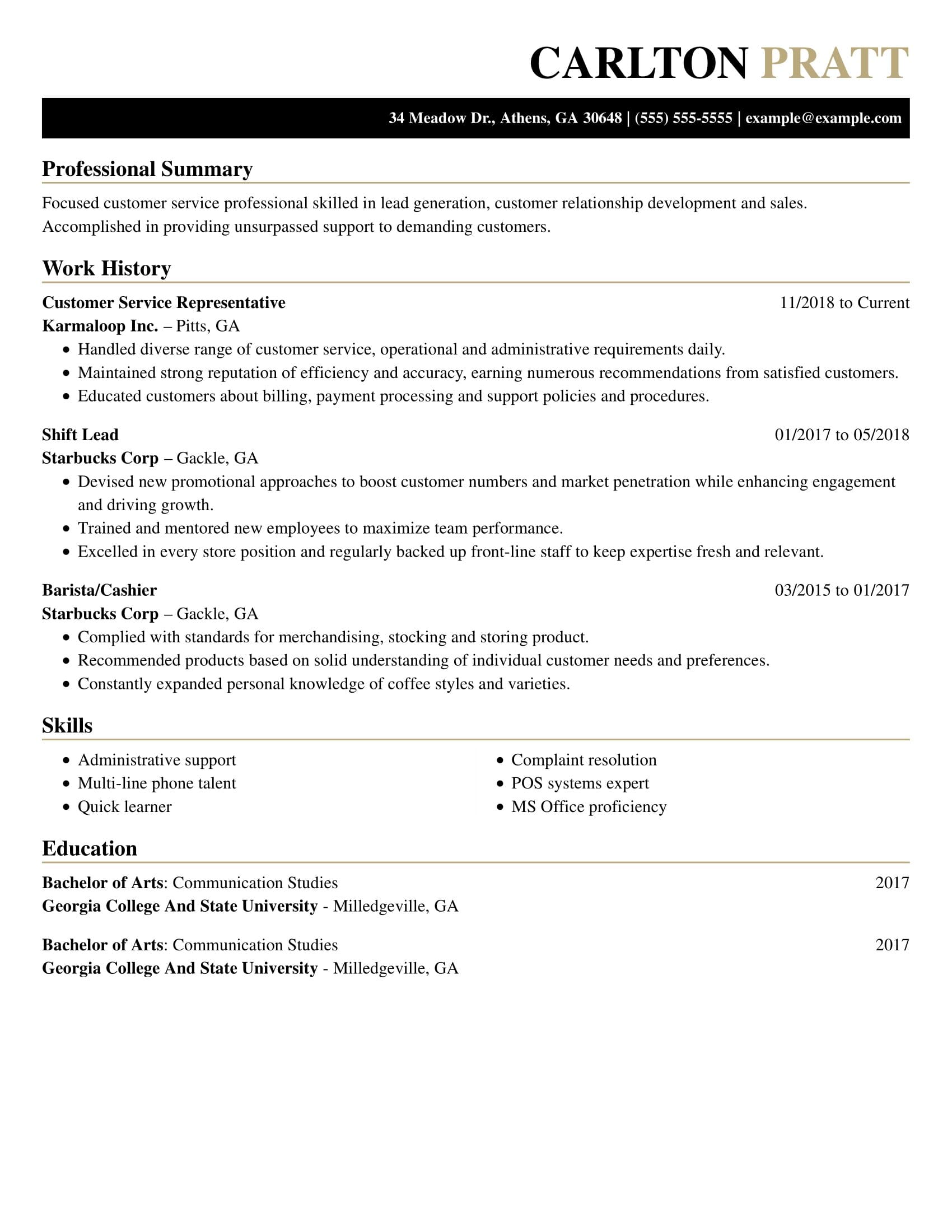Why Following Up Is Important
Following up shows initiative and interest. It reminds the employer of your application and demonstrates your eagerness to join their team. It’s a fine balance between being proactive and respectful of their decision process.
The Right Time to Follow Up
A good rule of thumb is to wait about one to two weeks after applying or after your interview. This gives the employer enough time to process applications but keeps your name in the mix.
Signs It’s Too Soon or Too Late
If the job listing mentions a specific follow-up timeframe, stick to it. Too soon, and you might seem pushy; too late, and the opportunity might have passed.
Preparing Your Follow-Up
Researching the Right Contact Person
Finding the right person to address your follow-up can significantly increase its impact. Ideally, you want to reach out to the hiring manager or the person who interviewed you. Here’s how to pinpoint the right contact:
- Review Job Listings: Sometimes, job postings include the name of the person to whom applications should be sent.
- Company Website: Check the company’s team page or leadership section to identify the hiring manager.
- LinkedIn: Use LinkedIn to search for the company and title of the person likely involved in the hiring process. You can also check if you have any connections who could introduce you.
- Call the Company: If all else fails, a polite call to the company’s reception or HR department asking for the name of the hiring manager for the position you applied for can work.
How To Follow Up On A Job Application
Crafting Your Follow-Up Message: Dos and Don’ts
Your message should be a delicate balance between professionalism, enthusiasm, and respect for the recipient’s time. Here are some key pointers:
Dos:
- Be Specific: Mention the job title you applied for and the date of your application or interview.
- Express Gratitude: Thank them for the opportunity to apply and for considering your application.
- Show Enthusiasm: Briefly reiterate your interest in the role and how you believe you can contribute to the team.
- Keep It Short: Aim for a few short paragraphs. Respect their time.
Don’ts:
- Don’t Be Pushy: Avoid demanding a timeline or sounding impatient.
- Don’t Repeat Your Resume: This is a follow-up, not a second application. Highlight one or two key reasons you’re a good fit, but don’t rehash your entire resume.
- Don’t Appear Desperate: Maintain a professional and confident tone.
Email Example
Subject: Follow-Up on Application for [Job Title] – [Your Full Name]
Dear [Hiring Manager’s Name],
I hope this message finds you well. I’m writing to kindly inquire about the status of the [Job Title] position I applied for on [Application Date]. I am very enthusiastic about the opportunity to contribute to [Company Name] and particularly excited about [Something Specific About the Company or Role].
I understand the importance of finding the best fit for your team, and I appreciate the time and consideration you’re giving my application. Please let me know if there are any further details I can provide about my experience and qualifications.
Thank you very much for your time. I look forward to hearing from you.
Best regards,
[Your Name]
[Your Contact Information]
Email Example
Subject: Inquiry Regarding [Job Title] Application – [Your Full Name]
Dear [Hiring Manager’s Name],
I hope you’re doing well. I wanted to touch base regarding the application I submitted for the [Job Title] position on [Application Date]. I am deeply interested in the opportunity to bring my [mention a key skill or experience relevant to the job] to the team at [Company Name].
[Company Name]’s commitment to [mention something specific about the company values, mission, or projects] resonates with my professional aspirations and I am eager to potentially contribute to such meaningful work.
I understand the need for a thorough selection process and appreciate your consideration of my application. Should you require any additional information to assist in your decision-making, please feel free to contact me.
Thank you for your time and consideration. I look forward to the possibility of contributing to your team.
Warm regards,
[Your Name]
[Your Contact Information]
Email Example
Subject: Re: Application Follow-Up – [Job Title] – [Your Full Name]
Dear [Hiring Manager’s Name],
I hope this message finds you well. I am reaching out to follow up on the application I submitted for the [Job Title] position as of [Application Date]. With my background in [mention a relevant area of expertise] and a strong commitment to [mention a key quality or value relevant to the position or company], I am keenly interested in the opportunity to join [Company Name].
I admire [Company Name] for its [mention something noteworthy about the company, such as its innovation, community involvement, or culture], and I believe my skills and experiences align well with the goals of your team.
Please let me know if there are any additional steps I can take or information I can provide regarding my application. I am very enthusiastic about the possibility of contributing to [Company Name] and look forward to potentially discussing this opportunity further.
Thank you for considering my application. I hope to hear from you soon.
Best regards,
[Your Name]
[Your Contact Information]
Make A Resume In Minutes
Choosing the Right Follow-Up Method
Email: The Preferred Choice
Email is professional and gives the recipient time to respond at their convenience. Use the subject line wisely to grab attention.
Phone Calls: When and How to Make Them
Phone calls can be more personal but risk catching someone at a bad time. Reserve calls for when you have a prior relationship or if the employer has encouraged phone follow-ups.
LinkedIn: The Professional Networking Approach
Connecting on LinkedIn can be a softer follow-up strategy. Send a personalized connection request that briefly mentions your application.
Follow-Up Etiquette: Best Practices
Navigating the delicate process of following up after a job application or interview requires tact, professionalism, and respect for the recipient’s time and responsibilities. Adhering to these best practices can help you stand out for the right reasons:
Be Concise and Clear
Your follow-up message should be easy to read and to the point. Clearly state the purpose of your email or call at the beginning. If emailing, use a straightforward subject line like “Follow-Up on [Position Name] Application – [Your Name].”
Timing Is Key
Wait the appropriate amount of time before following up. Typically, one to two weeks after your application is acceptable unless otherwise stated by the employer. Be mindful of weekends and holidays, which can delay responses.
Show Appreciation
Always start by thanking the person for their time and consideration, whether in your email, LinkedIn message, or phone call. This shows respect for the hiring process and acknowledges their effort.
Maintain Professionalism
Even if the company culture seems casual, keep your follow-up communications professional. This means avoiding slang, using proper grammar and punctuation, and keeping a respectful tone throughout.
Respect Boundaries
If the job posting has specified not to follow up, it’s important to respect this request. Pushing against clearly stated boundaries can reflect negatively on your application.
Accept Silence Gracefully
If you’ve followed up once or twice and haven’t received a response, it’s time to move on. Continuing to follow up won’t change the outcome and may harm your professional reputation. Instead, focus your energies on other opportunities.
Reflect Positivity
Expressing frustration or negativity can be a red flag for potential employers. Always leave the door open for future opportunities by ending on a positive note.
Use Each Follow-Up as a Learning Opportunity
Each follow-up is a chance to refine your approach. Reflect on the timing, content, and method of your follow-ups to continually improve your job search strategy.
Remember: It’s a Two-Way Street
Job searching is not just about finding any job—it’s about finding the right fit for both you and the employer. Your follow-up communications should reflect your understanding of this dynamic.
What to Do After the Follow-Up
If You Get a Response
Celebrate any response as a positive sign. Even if it’s a “no,” it’s an opportunity to ask for feedback and keep the door open for future positions.
Positive Response: Next Steps
Follow their lead on next steps. This could mean scheduling another interview or discussing job details.
Negative or No Response: How to Proceed
Stay professional and keep the relationship positive. Thank them for their time and express your interest in future opportunities.
Keeping the Job Search Moving
Don’t pause your job search while waiting for a response. Continue applying and interviewing to keep your options open.
Key Takeaways
- Timing is Everything: Wait one to two weeks after submitting your application or interview before following up, adhering to any specific timelines mentioned in the job posting.
- Method Matters: Preferably use email to follow up, ensuring your message is professional and concise. Phone calls and LinkedIn connections can also be effective when used appropriately.
- Craft With Care: Your follow-up message should express continued interest, highlight your suitability for the role, and be polite and professional.
- Etiquette is Essential: Be courteous in your communication, thank the recipient for their time, and understand when to step back if you don’t receive a response after a couple of attempts.
- Keep Moving Forward: Continue your job search while waiting for a response. Use any feedback received to improve future applications.
Remember, it's all about showing your enthusiasm and fit for the role while being mindful of the employer's time and process.
FAQ
Generally, it's advisable to follow up once, about one to two weeks after your application or interview. If you don't receive a response, one additional follow-up can be appropriate, but then it's best to move on.
Email is typically preferred because it's less intrusive and allows the recipient to respond at their convenience. Phone follow-ups can be effective in certain situations, especially if you have already established a contact within the company or if the employer has encouraged calls.
Your follow-up message should be concise and include a thank you for considering your application, a brief reiteration of your interest in the position, and any pertinent details that reinforce your suitability for the role.
If done respectfully and at the right time, following up is unlikely to hurt your chances and can even show your enthusiasm and interest in the role. However, excessive or aggressive follow-ups can create a negative impression.
If you don't receive a response after a couple of follow-ups, it's best to focus your efforts on other opportunities. It's important to maintain professionalism and keep the job search moving forward, even if one opportunity doesn't pan out.






